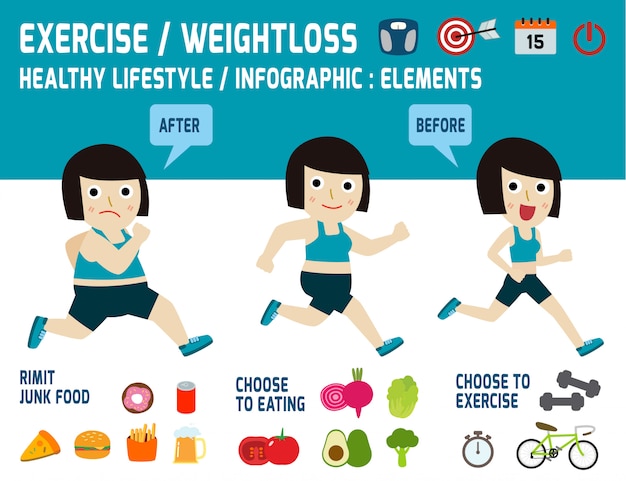Research On Cold Laser Therapy For Smoking Addiction
Research On Cold Laser Therapy For Smoking Addiction
Blog Article
Scientific Research on the Efficiency of Cold Laser Technique
Cold laser therapy is a helpful tool to help suffering management and the healing process. It is commonly made use of in sports medicine, dermatology and acupuncture.
Cold lasers permeate deep right into cells and advertise chemical changes without heating them. They decrease swelling and swelling, speed up mobile activity and speed up recovery.
Academic Background
Unlike the high-intensity lasers that surgeons use to cut through tissue, cold laser treatment makes use of light-emitting diodes to pass through right into your skin and promote healing. As these photons reach damaged tissues, they start a domino effect that enhances your cells' manufacturing of enzymes and increases your body's all-natural recovery processes.
The photons also minimize discomfort via the production of endorphins and enhance your body's capability to drain inflamed areas by generating vasodilation (the growth of blood vessels). Consequently, it aids you recoup from musculoskeletal injuries and pain more quickly.
Many individuals have actually found out about chilly laser treatment from their physical therapist, chiropractic specialist or medical professional and might be questioning exactly how it works. Unlike many laser gadgets used in the medical area, which in fact warm up cells, our advanced devices sends out cool laser beam that do not cause any heating of your tissues. This permits your body to obtain the healing advantages without activating any type of side effects.
Clinical Tests
Cold laser treatment is usually advised as a therapy option for patients that have musculoskeletal discomfort and injuries. It can be utilized to minimize inflammation, reinforce cells and increase the body's all-natural recovery procedures.
Non-thermal photons of red and infrared laser radiation are soaked up by the light delicate aspects in cells and start a rise in intracellular metabolism that raises cell reproduction, decreases swelling, removes edema and shortens healing time.
Unlike the light that is produced by sunshine or conventional lights, laser light is parallel (all wavelengths traveling parallel), systematic and monochromatic. These homes enable laser power to penetrate much deeper right into the cells.
Numerous clinical tests have actually shown that LLLT can be effective in reducing pain in the bone and joint system. Nonetheless, even more properly designed researches are needed to evaluate the ideal settings for laser irradiation and to determine its performance in particular problems, such as oral mucositis in cancer individuals receiving radiation treatment or radiotherapy, and wound recovery (including diabetic person abscess following hammertoe surgical procedure). This Aetna policy publication does not resolve various other uses of LLLT, including the treatment of different skin diseases.
Verdicts
Unlike surgical lasers that can damage tumors or coagulate cells, cool laser therapy does not warm the body's cells. Instead, the light boosts your cells to produce adenosine triphosphate, which accelerates the fixing process of hurt tissues.
Aetna thinks about low-level laser (LLL) treatment medically essential for the prevention of dental mucositis associated with cancer cells therapy (chemotherapy, radiation therapy, hematopoietic stem cell transplant) and non-cancer therapies (such as radiodermal injury, fibromyalgia). Several researches revealed that LLT can be effective in minimizing PU symptoms without negative effects. However, distinctions in research designs and laser dosimetry made comparison of the results tough; RCTs with low danger of bias are required. The use of a 660 nm wavelength and greater power density seems more effective than the other studied laser wavelengths. This could be due to the fact that the other wavelengths may promote inflammatory procedures and create even more side effects. The impact of the sort of laser made use of is also vital; the writers suggest that future research focus on assessing different kinds of lasers and their dosages to determine the optimal combination of laser specifications for PU prevention.
Referrals
Cold laser treatment is made use of by stress relief dental professionals to deal with inflamed periodontal tissue, medical professionals to reduce pain brought on by rheumatoid arthritis, and physical therapists to speed up the healing of muscle mass, tendon, and ligament injuries. Several clinical insurance plans cover this treatment.
Unlike warm lasers, which have a thermal impact on cells, cool lasers (likewise called low-level lasers) stimulate the mobile power of the skin. Photons from the laser light penetrate into the cell, triggering a series of chemical changes that promotes regeneration and reduces inflammation.
In order to be effective, lasers should be appropriately configuration and utilized. This is why it is not suggested to acquire an inexpensive over the counter laser gadget and try to treat yourself in the house. An experienced expert is required to guarantee that the gadget is utilized properly to reduce the risk of eye injury and maximize its effectiveness. The laser tool have to be gotten used to the proper setting, strength, regularity, and placement of the laser on the therapy area.